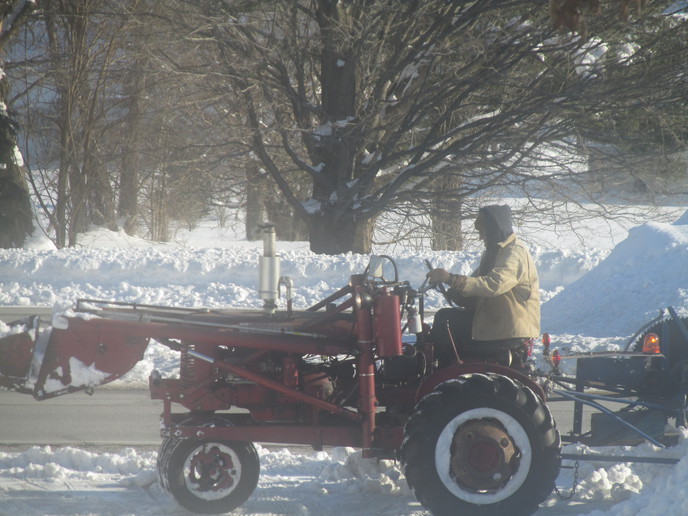Before the weather turned cold here in Wisconsin I changed the oil in a JD 3010. It was not expected to run in the winter months so I put the standard JD 15W40 in both the crankcase and air cleaner.
Well, after the temperatures dropped a little it had to be moved in the shed it was sitting. It flooded up, no choking.
I got to thinking that maybe the air cleaner oil was too heavy for that application/temperatures. In talking to a fellow JD enthusiast that had a 3010 gas, he had the same issue and went to 5W in the air cleaner.
Have others had this same experience? Is 5W the correct weight for winter? Can 5W, or whatever thinner oil, be used all year long in the air cleaner? Is there any performance (air cleaning effectiveness) difference between dino and synthetic oils for this application?
Thanks.
Paul
Well, after the temperatures dropped a little it had to be moved in the shed it was sitting. It flooded up, no choking.
I got to thinking that maybe the air cleaner oil was too heavy for that application/temperatures. In talking to a fellow JD enthusiast that had a 3010 gas, he had the same issue and went to 5W in the air cleaner.
Have others had this same experience? Is 5W the correct weight for winter? Can 5W, or whatever thinner oil, be used all year long in the air cleaner? Is there any performance (air cleaning effectiveness) difference between dino and synthetic oils for this application?
Thanks.
Paul


